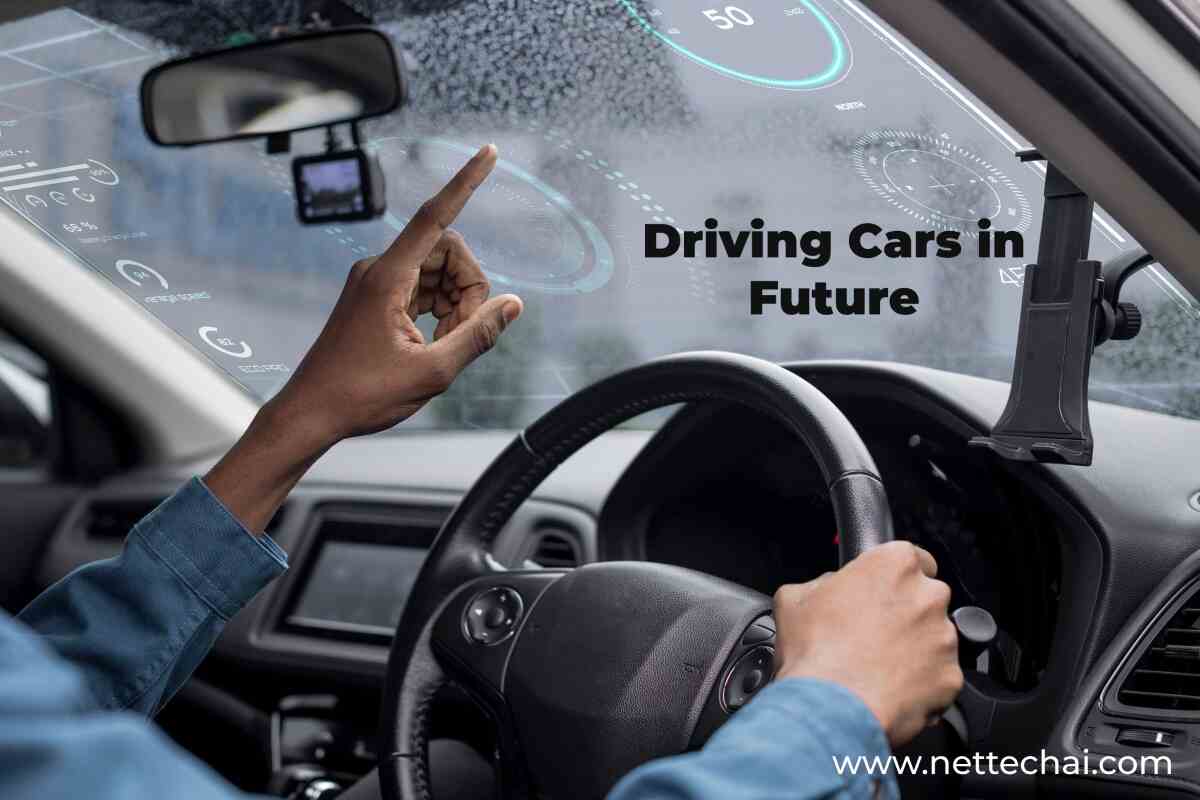What will be the future of driving || Autonomous or Electric

In the ever-evolving world of technology and innovation, the way we drive and interact with vehicles is on the cusp of a remarkable transformation. The future of driving promises a landscape that is not only safer and more efficient but also more environmentally friendly. In this article, we will delve into the exciting developments that are shaping the future of driving, exploring autonomous vehicles, electric cars, connectivity, and sustainability.
The Drive Towards Autonomy
The most visible and anticipated change on the horizon is the rise of autonomous vehicles. These self-driving cars are equipped with advanced sensors, cameras, and AI systems that allow them to navigate roads without human intervention. The potential benefits are substantial:
Enhanced Safety
Self-driving cars have the potential to significantly reduce traffic accidents caused by human error, such as distracted driving and impaired judgment. Advanced safety features like collision avoidance systems are becoming standard in modern vehicles, paving the way for a safer future on the road.
Increased Efficiency
Autonomous vehicles can optimize traffic flow, reduce congestion, and minimize fuel consumption through intelligent routing and vehicle-to-vehicle communication.
Accessibility
Self-driving cars could provide mobility solutions for people with disabilities, the elderly, and those who are unable to drive due to various reasons.
Challenges Ahead
Despite these promising prospects, the road to widespread adoption of autonomous vehicles is not without challenges. Issues like regulatory frameworks, cybersecurity, and public acceptance remain crucial hurdles that must be overcome. However, as technology advances and policymakers work to address these challenges, the future of autonomous driving becomes increasingly plausible.
The Rise of Electric Mobility
Electric vehicles (EVs) are another key component of the future of driving. These cars are powered by electricity rather than traditional internal combustion engines. As concerns about climate change and air quality grow, EVs offer a sustainable alternative to gasoline-powered vehicles.
Environmental Benefits:
EVs produce zero tailpipe emissions, reducing greenhouse gas emissions and air pollution. As the electricity grid becomes cleaner, EVs become even more environmentally friendly.
Cost Savings:
While the upfront cost of EVs can be higher, they typically have lower operating costs. Electricity is cheaper than gasoline, and EVs require less maintenance due to fewer moving parts.
Advancements in Battery Technology:
Ongoing research in battery technology promises longer ranges and faster charging times, addressing some of the primary concerns of potential EV buyers.
Infrastructure Challenges
One of the main challenges for EV adoption is the need for a robust charging infrastructure. Governments and businesses are investing in expanding charging networks to make EV ownership more convenient. As these networks grow, EVs are likely to become a common sight on our roads.
The Internet of Things (IoT) in Vehicles
Connectivity is another exciting aspect of the future of driving. The concept of the “Internet of Things” (IoT) is extending to vehicles, creating a network of interconnected devices and systems within and around the car. Key developments include:
Vehicle-to-Vehicle (V2V) Communication
Cars equipped with V2V technology can share information about their speed, direction, and other factors to improve safety. This can help prevent accidents by alerting drivers to potential collisions.
Vehicle-to-Infrastructure (V2I) Communication
V2I technology allows vehicles to communicate with traffic signals, road signs, and other infrastructure elements. This can optimize traffic flow and improve safety by providing real-time information to drivers.
Infotainment Systems
Modern vehicles increasingly feature advanced infotainment systems that offer connectivity to smartphones and other devices, enhancing the driving experience. As these technologies continue to evolve, our vehicles will become more than just modes of transportation; they will be integrated into a broader digital ecosystem.
Environmental Concerns
The future of driving is intrinsically linked to sustainability. The automotive industry is under increasing pressure to reduce its environmental footprint. This push for sustainability is driving innovation in several areas:
Alternative Fuels
Beyond electric vehicles, there is growing interest in alternative fuels such as hydrogen and biofuels. These options offer the potential for reduced carbon emissions and increased sustainability.
Lightweight Materials
Car manufacturers are exploring the use of lightweight materials like carbon fiber and aluminum to reduce vehicle weight and improve fuel efficiency.
Green Manufacturing
The production of vehicles is also becoming more eco-friendly, with manufacturers adopting sustainable practices and reducing waste.
The future of driving is not just about how we power our vehicles but also how we design, produce, and maintain them with a focus on long-term environmental sustainability.
Conclusion
The future of driving is a thrilling journey into a world where technology, sustainability, and connectivity converge to reshape the way we move. Autonomous vehicles promise safer and more efficient transportation, electric vehicles offer a sustainable alternative to traditional cars, and connectivity is transforming our vehicles into smart, interconnected devices. Sustainability, both in terms of vehicle power and manufacturing processes, remains at the forefront of these advancements.
As we navigate this exciting road ahead, it’s important to remain mindful of the challenges and opportunities that lie before us. Embracing these changes responsibly, with a focus on safety, ethics, and sustainability, will ensure that the future of driving is not only exciting but also beneficial for individuals, society, and the planet as a whole. As technology continues to evolve, our roads will become safer, more efficient, and more sustainable, ushering in a new era of transportation for generations to come.

